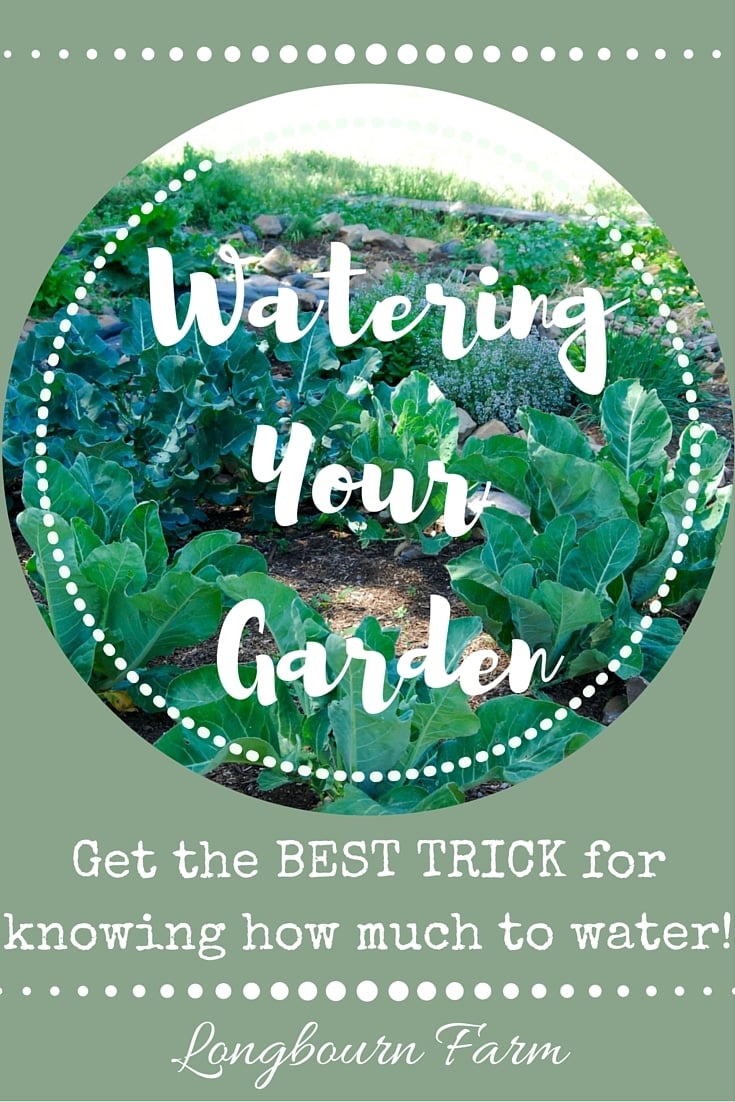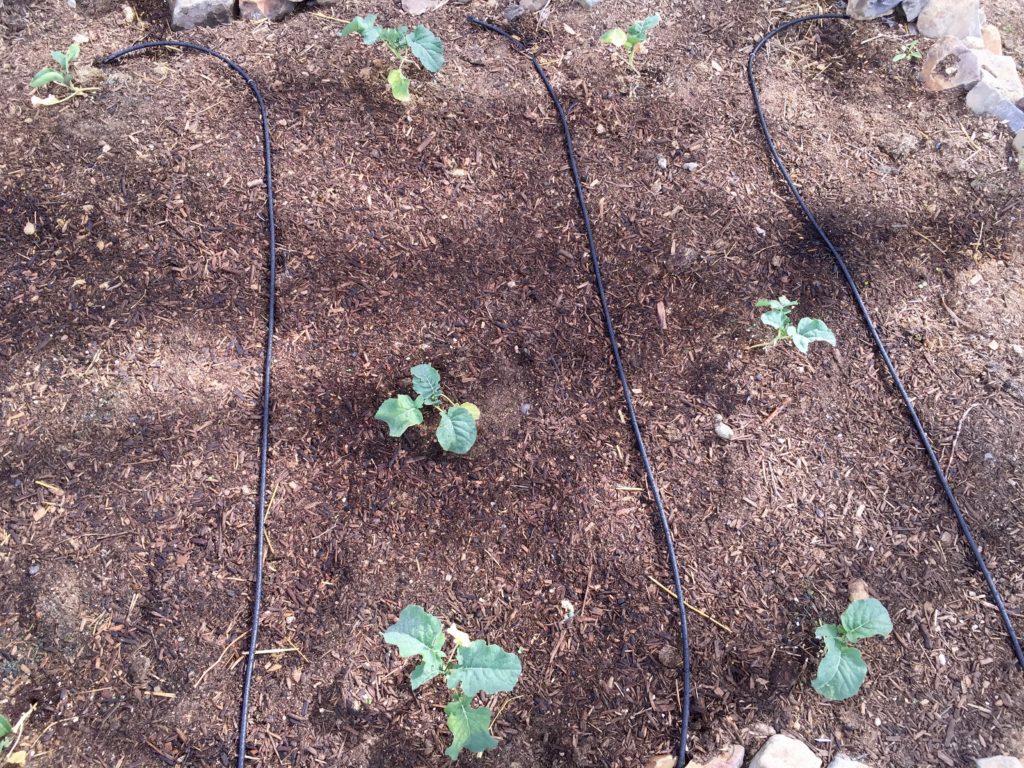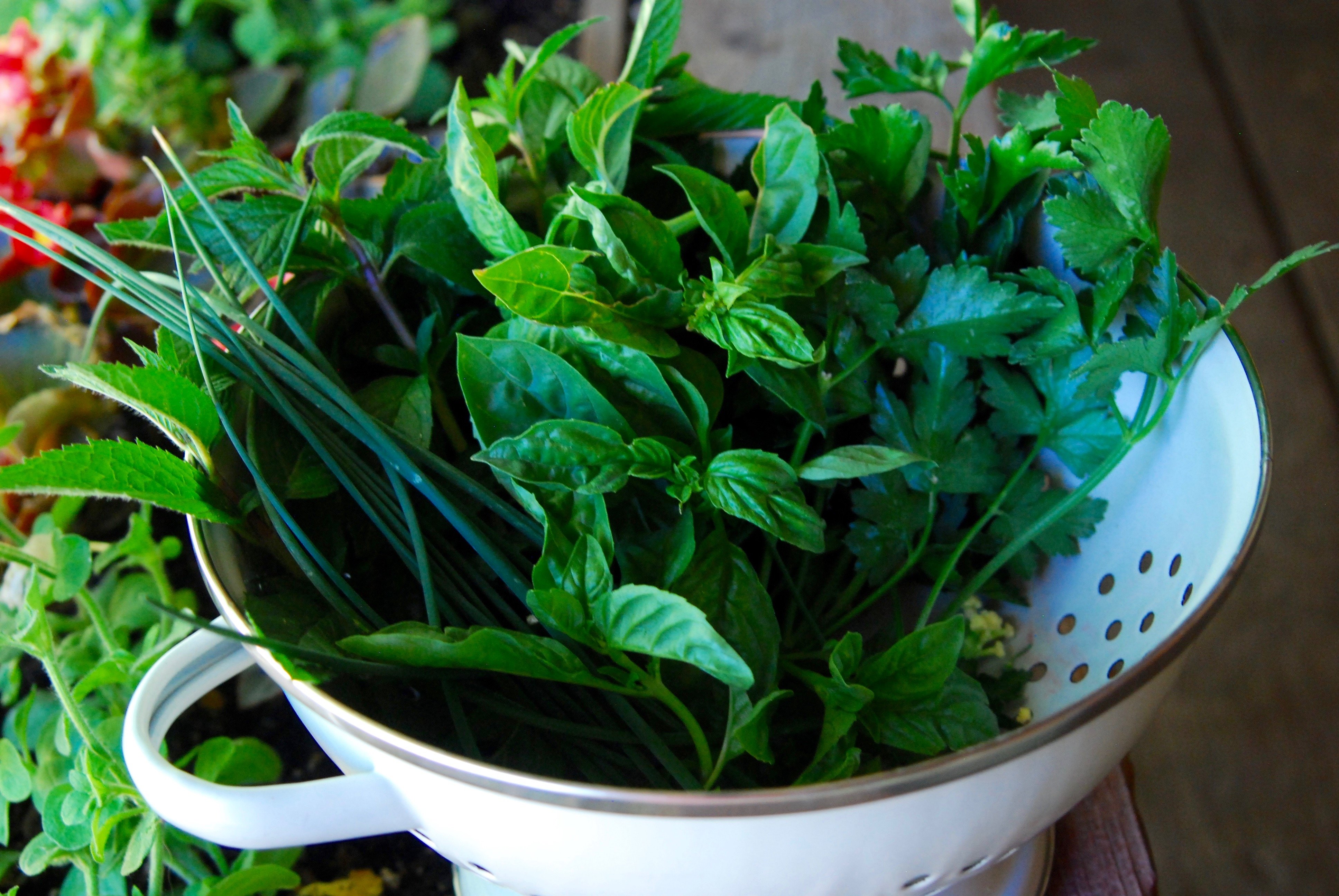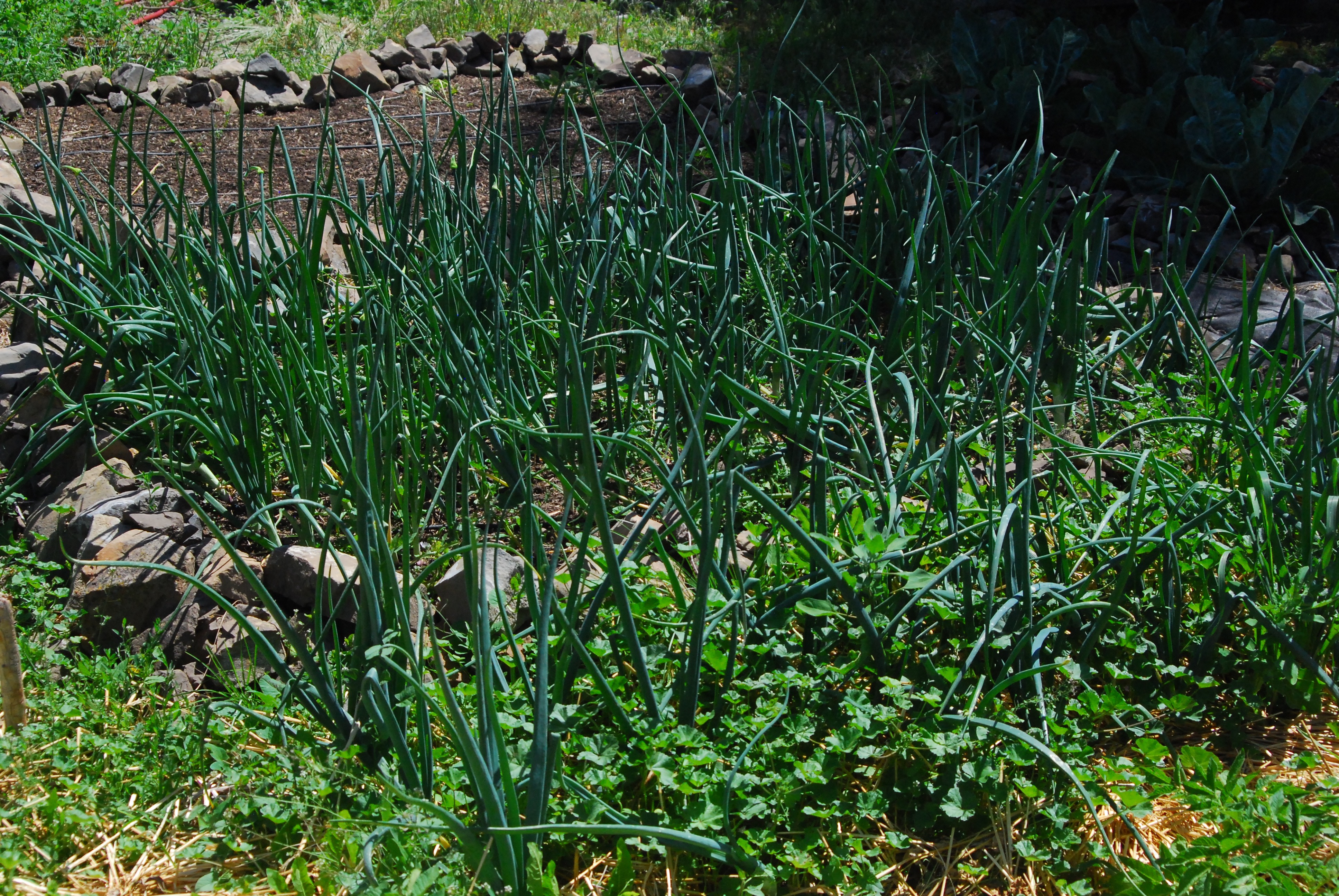How often should I water my garden? Get the only watering trick you’ll ever need to ensure your garden is productive and you’re using your water wisely!
Today’s post is a guest post from Heather at Heather’s Home and Garden and I am so excited she wrote it for us! I had some questions about how often should I water my garden, specifically how to tell if it was getting enough water.
I wanted to ask an expert, so I asked Heather to write us this post so I could share the information with all of you! Heather and I got connected through her sister, Kim, who was working on her MS degree in the same lab I was working in as an undergraduate.
I’m so glad I know these two awesome ladies. Heather is the master at “turning brown thumbs green” and is an expert when it comes to plants. Here’s what she had to say about watering your garden!
I’m Heather – a very fitting name for a horticulturist I think – of Heather’s Home and Garden. I graduated from Utah State University with a degree in horticulture and intentions to work at a botanical garden, but two years later I found myself back at Utah State University working on a master’s degree in weed science/invasive species management.
I like to say that I cover the spectrum from the plants people love to the plants people love to hate. Even though my job keeps me thinking about the weeds of agriculture and rangelands, you can find me blogging about my favorite plants and other gardening topics at Heather’s Home and Garden.
And if I’m not blogging about plants, I’m most definitely daydreaming about all the ones I will fill my future yard and garden with.
“You know the story of Goldilocks and the Three Bears? How something is either too hot or too cold, too soft or too hard? But how there’s also always something that is “just right”? Watering your garden is kind of like that – you could be watering too much or too little, neither of which are ideal, and sometimes it is hard to know what that “just right” amount of watering is.
There has been (and continues to be) a lot of research into measuring, monitoring, and applying that “just right” amount of water. Without getting too deep into the science and research, here are some basic points to understand what affects your irrigation practices. While every garden situation is different, hopefully, these tips will help you find what is “just right” for your garden.
How often should I water my garden: The Plants
As far as the plants go, your vegetables will all need a uniform, consistent watering throughout the growing season in order to provide maximum yield and quality. But how much water is “just right” is a little bit different for each plant, mainly because rooting depths vary between plants.
Plants like radish and onion that are more shallow rooted will need more frequent waterings, but less water applied during each watering. On the other hand, deep-rooted crops like watermelon and squashes may need longer irrigation periods so that the water can fill the entire space where the roots are. (For more detail on specific crops, check out this vegetable production guide by USU extension.)
How often should I water my garden: The Frequency
One of the biggest factors, apart from the plants themselves, into how much and how frequently you should water is your soil. If you think about it, the roots make up a large proportion of the plant and they do all their work underground.
What your soil is like has a big effect on how well those roots can do their job. Briefly, if you have a coarse-textured soil the water moves more easily through that soil which can be good (you won’t get a lot of ponding on the surface), but it can also be a challenge (it moves too quickly for the roots to access all that they need, and so you have to water more frequently). Understanding what your soil texture is is an important piece of the watering puzzle. (More about soil texture can be found here.)
How often should I water my garden: The Weather
Weather also plays a role in how much and how often you should be watering your garden. The temperature and relative humidity, wind speed and solar radiation all affect how much the plant is transpiring (or how much water it is using/losing) and how much water is being lost from the soil via evaporation.
There are all sorts of sensors you can use to help you determine specifically for your garden what the evapotranspiration (ET) rate is and use that to calculate how much water you need to apply to balance out any losses.
But, don’t fear, you can still get closer to that “just right” amount without having to spend a lot of money or do a lot of math. It may not be as scientific, and you’ll have to get your hands dirty (but hey, if you’re gardening, you’re not afraid of a little dirt, right?) but with practice you can get to know by feel what a properly irrigated soil is.
To do this, you’ll need to collect about a walnut-sized bit of soil from the approximate rooting depth of your crops. Squeeze the soil into a ball, and then, if when you open your hand you have squeezed water out, your soil is plenty saturated and you don’t need to add any more water for the moment (too much).
However, if when you open your hand the soil just crumbles apart, your soil water level “too little” and you’ll need to irrigate. But, if when you open your hand the soil ball stays together pretty well, but you don’t have any excess water squeezing out, your soil water level is “just right”. The more you do this the more familiar you will be with your soil, your plants, and knowing when and how much to water will become almost a second nature.
A few additional tips on how often to water your garden:
- Plants grown in containers (like my bucket garden) will need to be watered much more frequently than plants grown in the ground. I have to water my container garden daily, and sometimes in the hottest months even twice daily.
- Mulches like straw or wood chips can help reduce water loss from the soil, which means more water for your plants.
- Weeds compete with your plants for everything – sunlight, nutrients, water. You can water more efficiently (i.e., use less water overall) if you keep your garden well-weeded.
- Planting crops with similar rooting depths and water needs together will also increase your water use efficiency – you’ll be giving your plants adequate water without wasting it.”
Pin this farm tip on your Gardening board to SAVE it for later! Follow Longbourn Farm on Pinterest for more great tips, ideas, and tutorials!
[et_bloom_inline optin_id=”optin_4″]









[…] Watering Your Garden […]